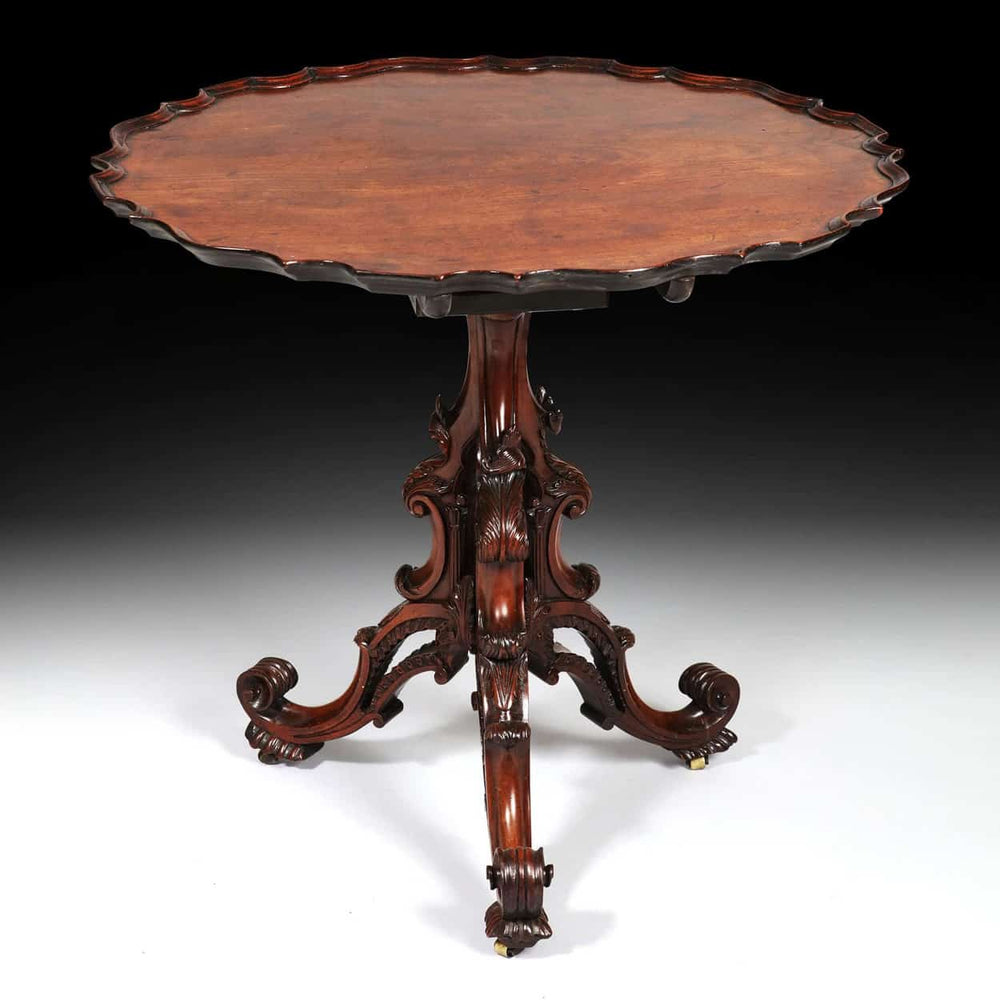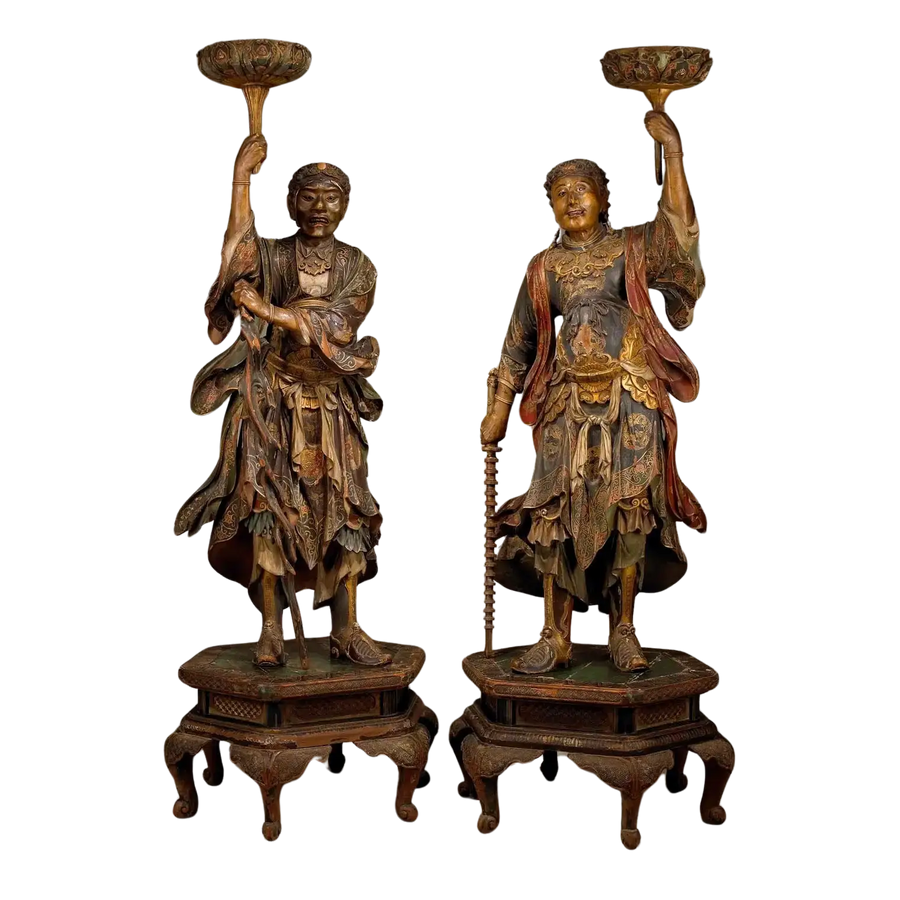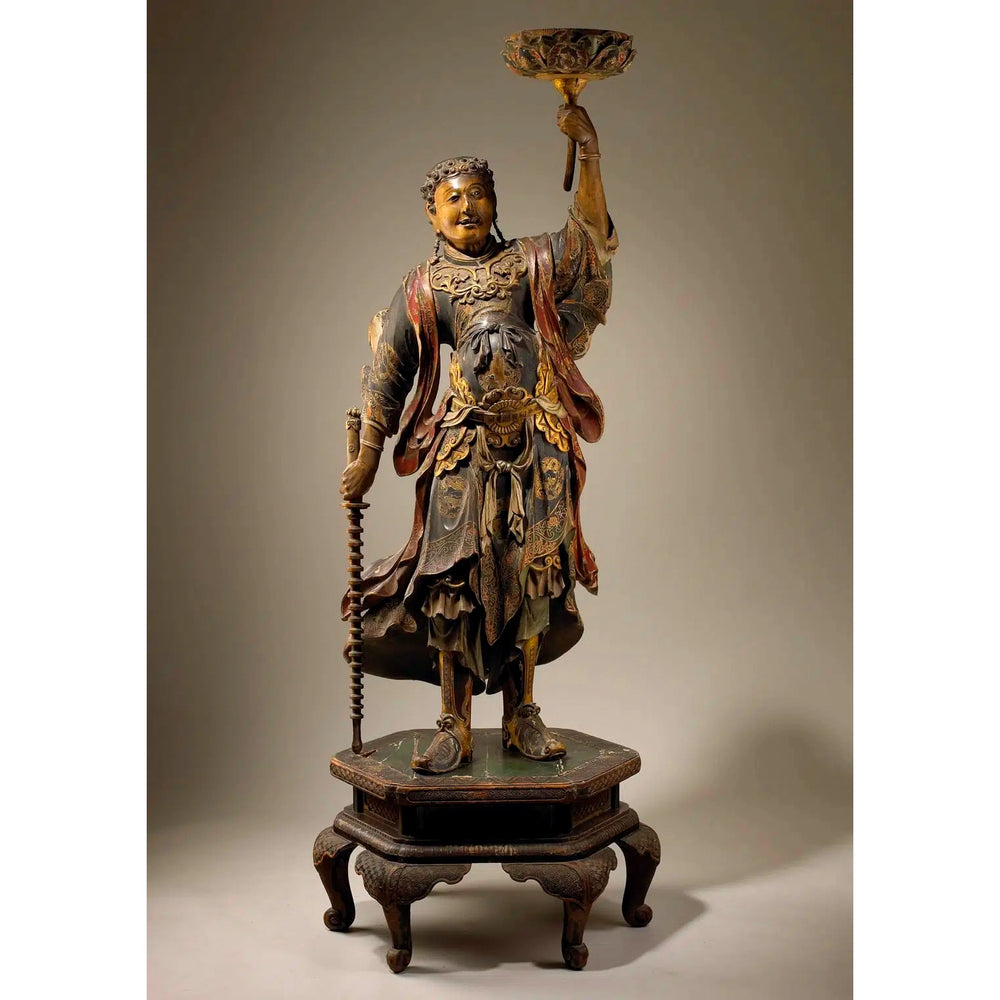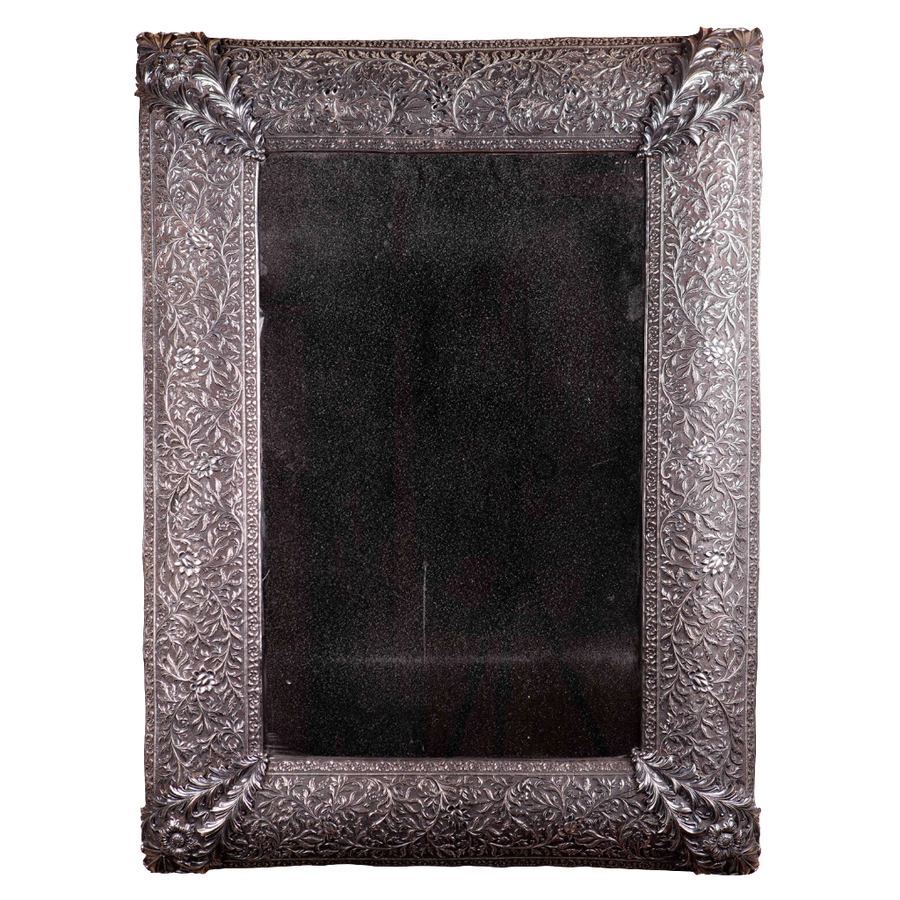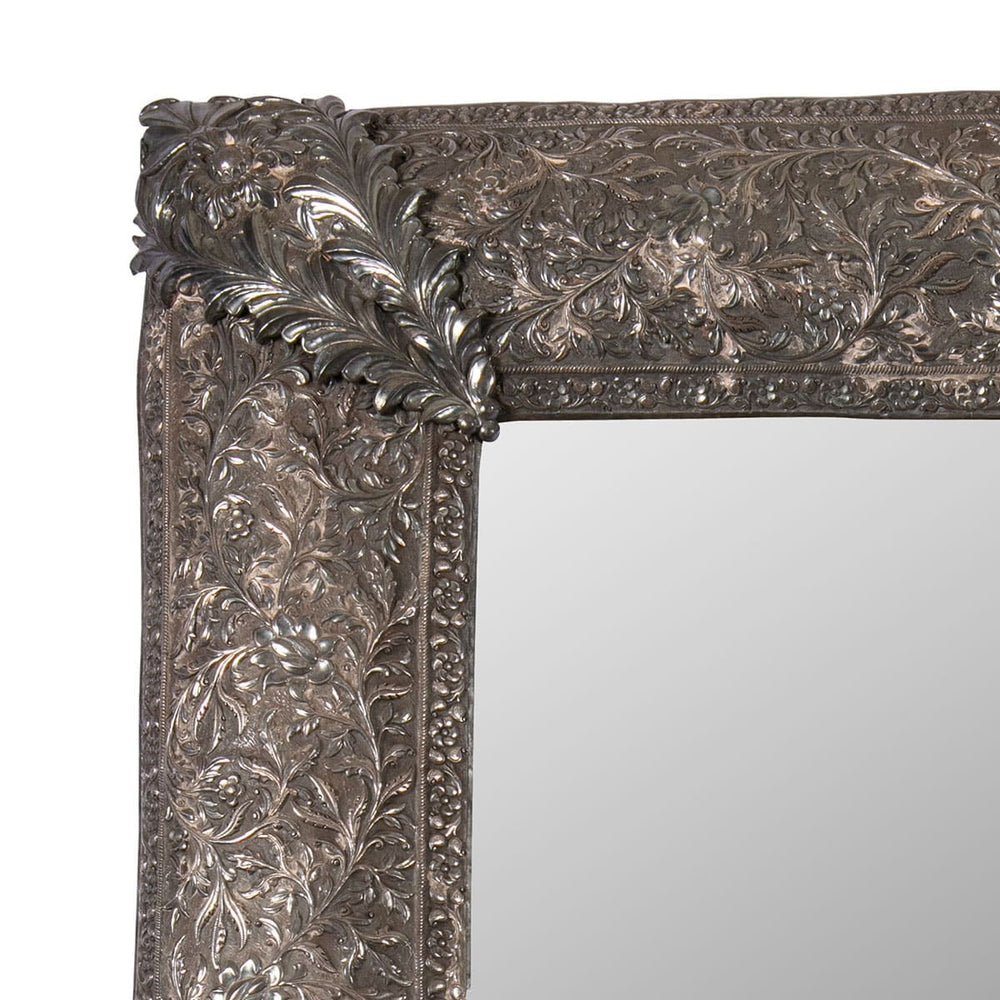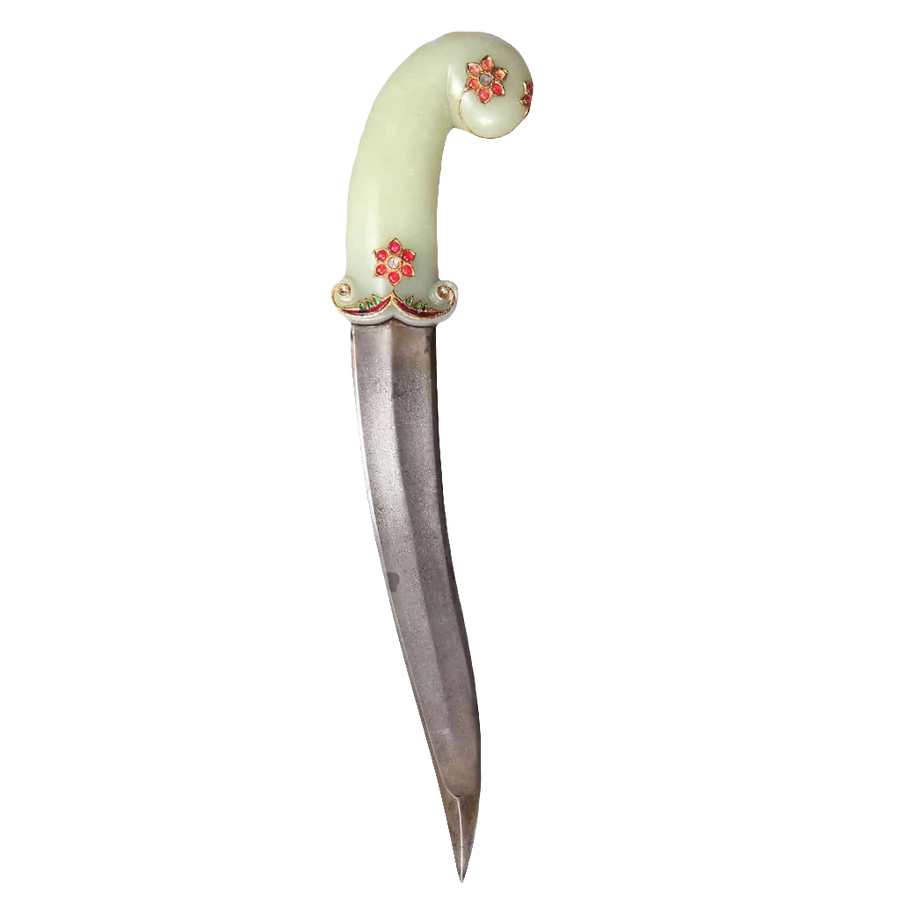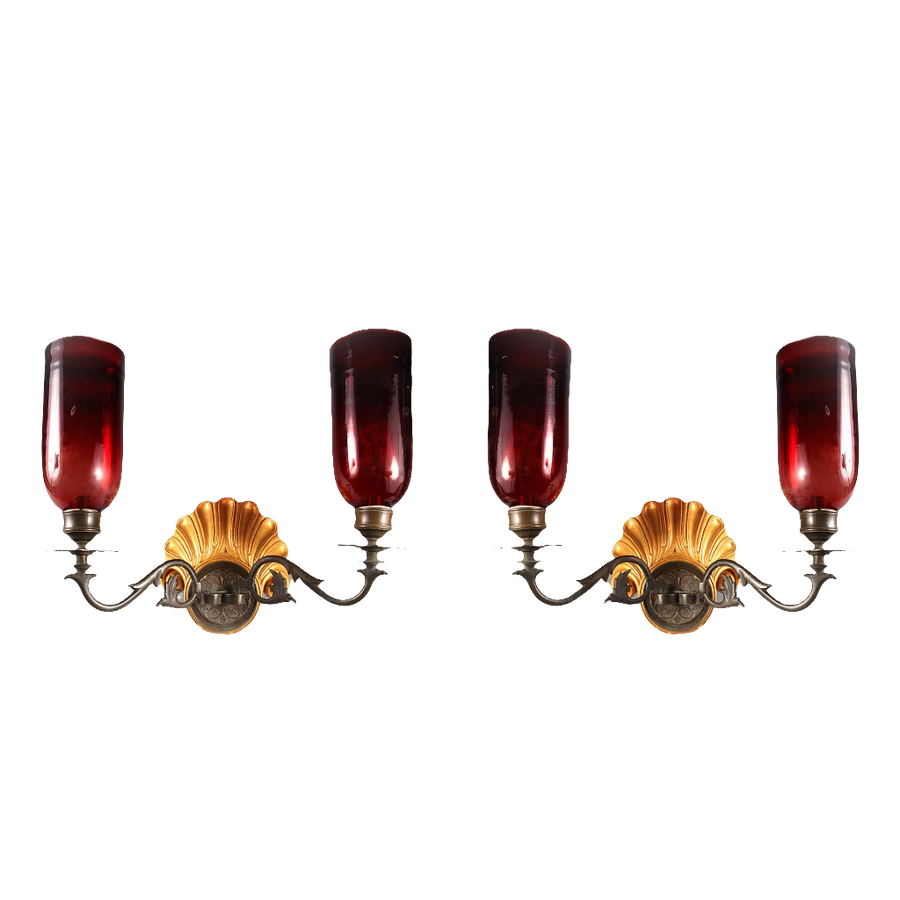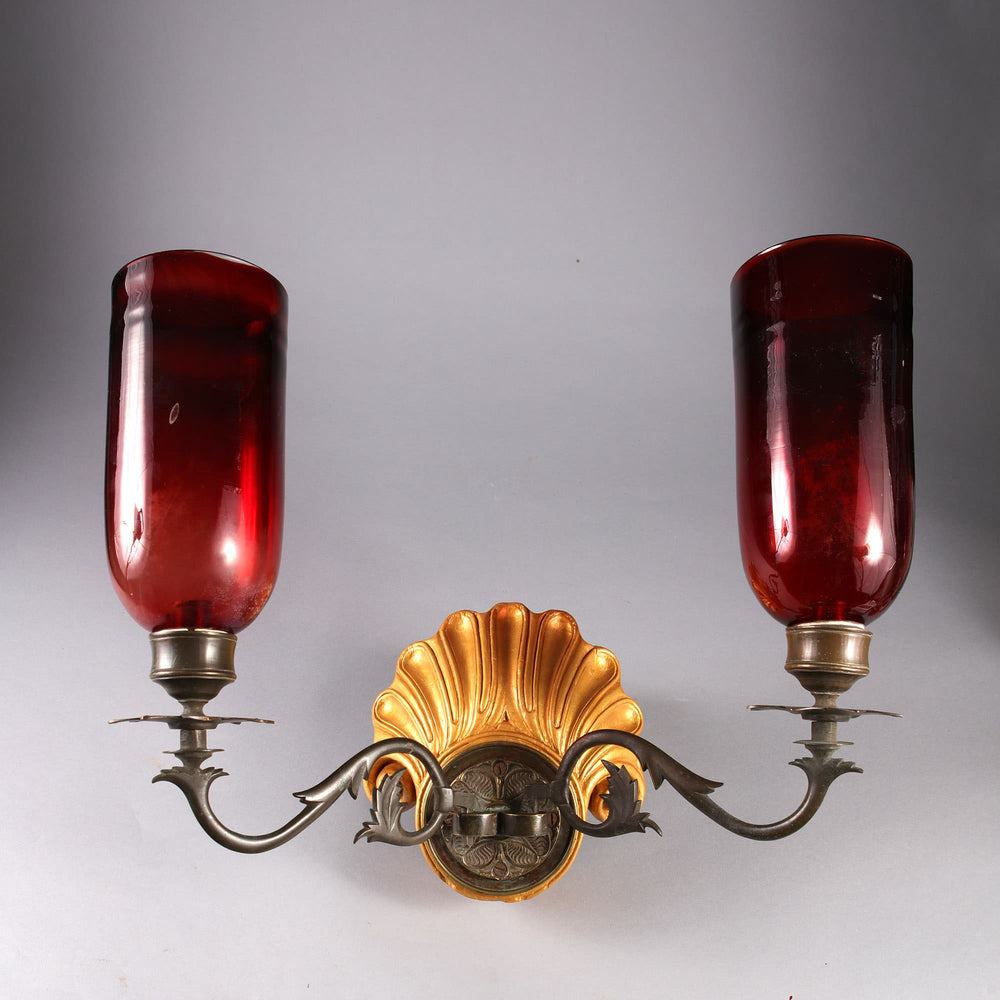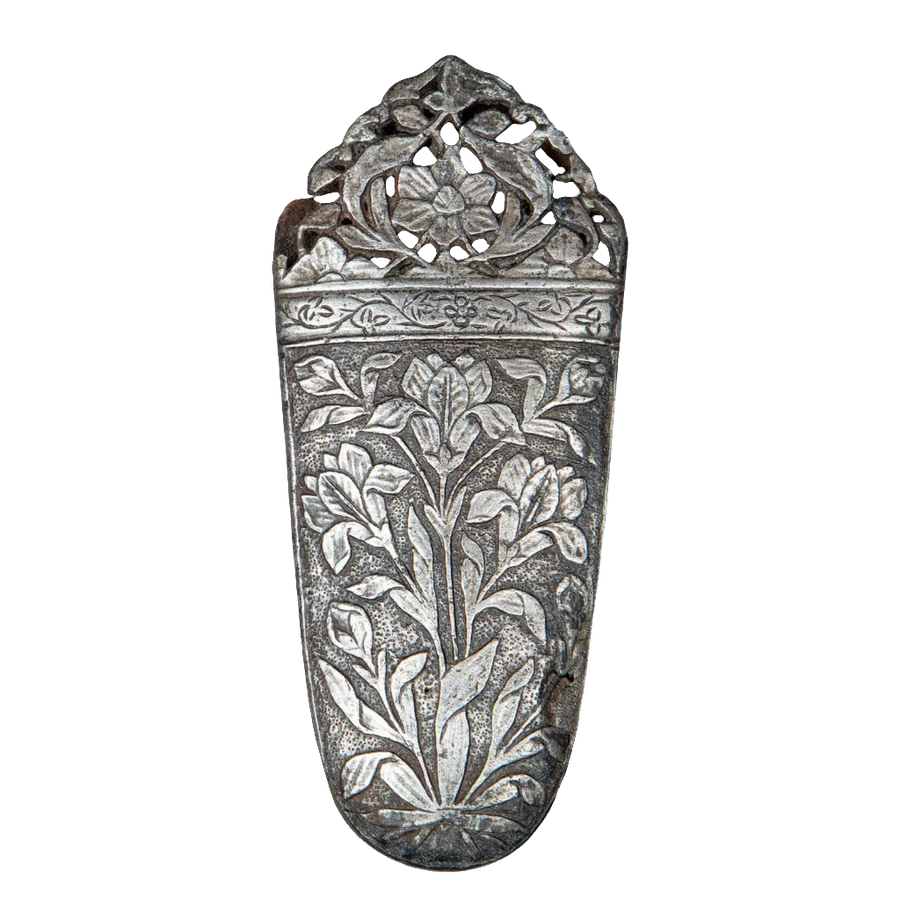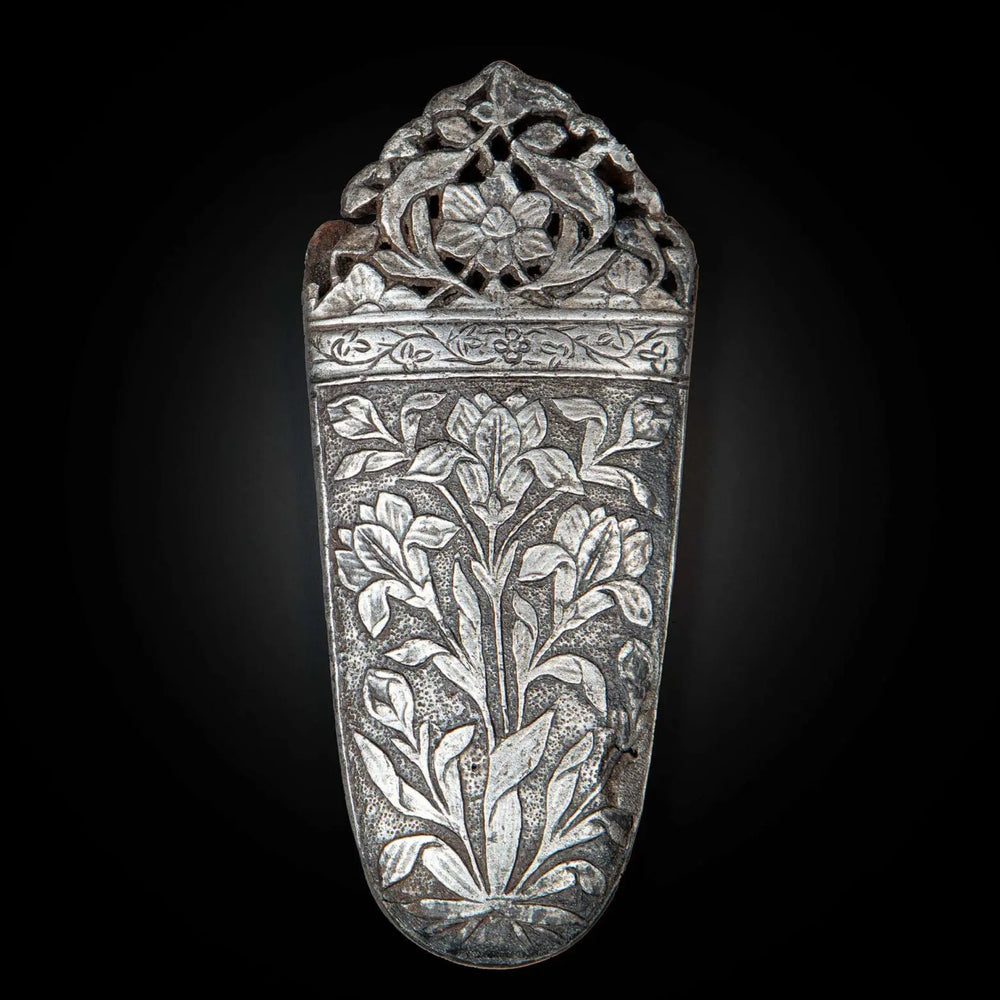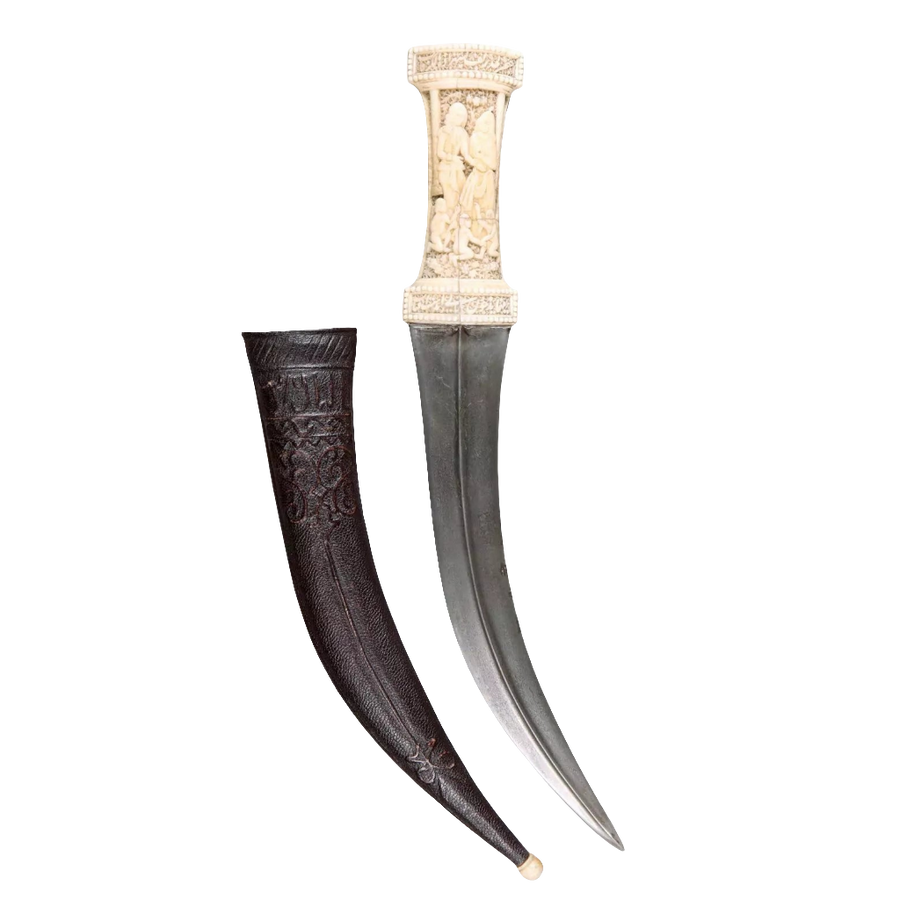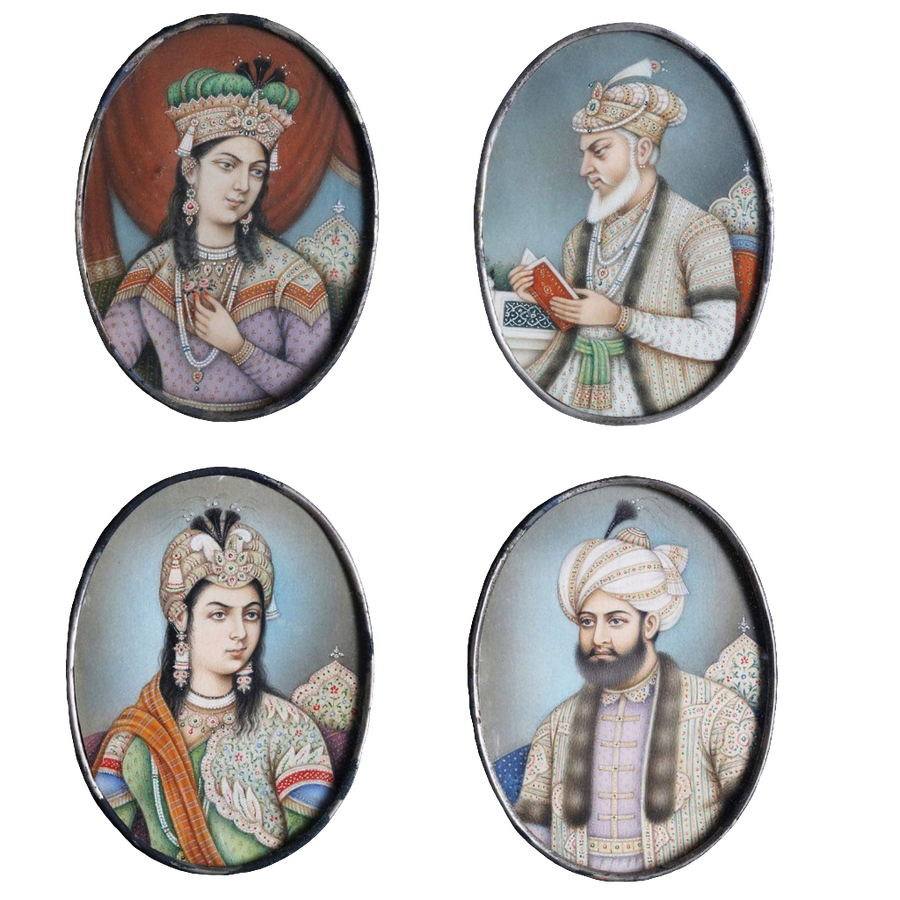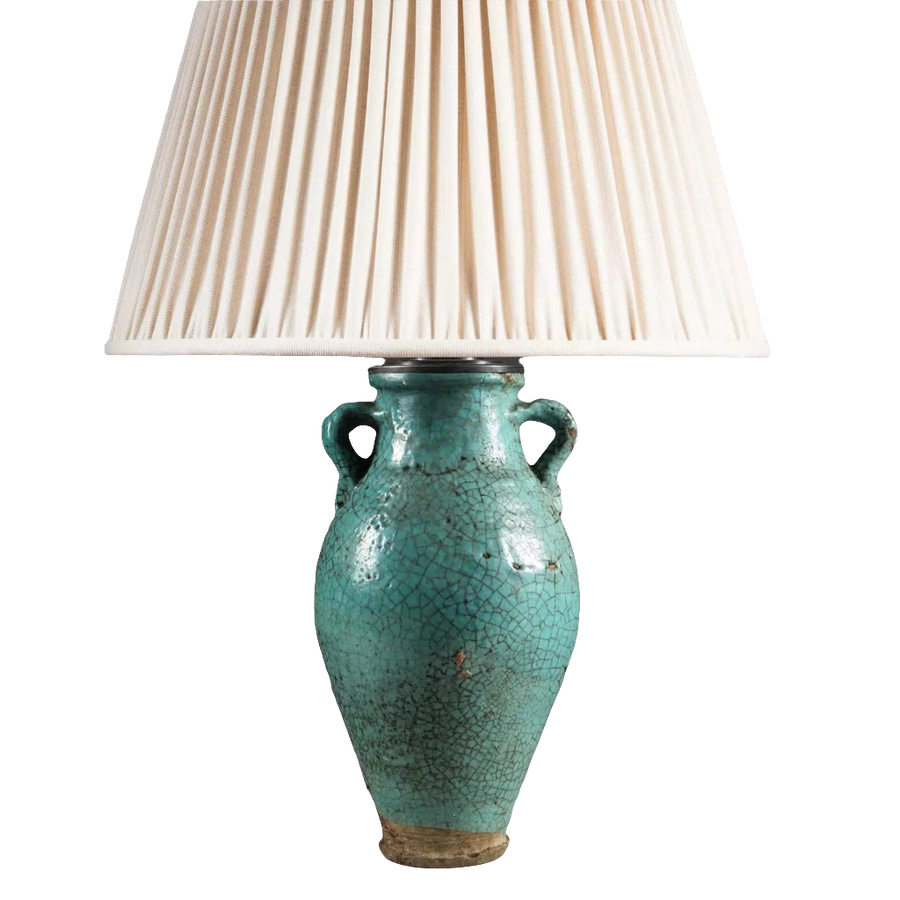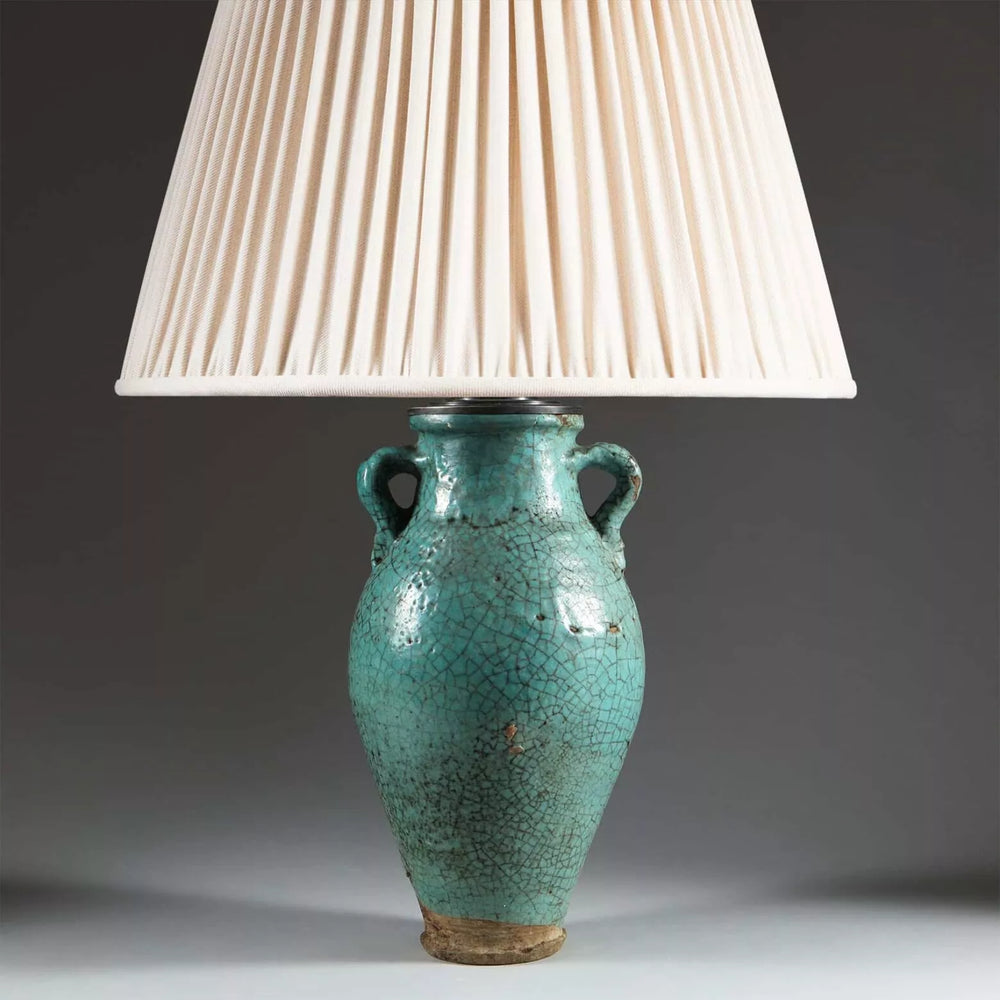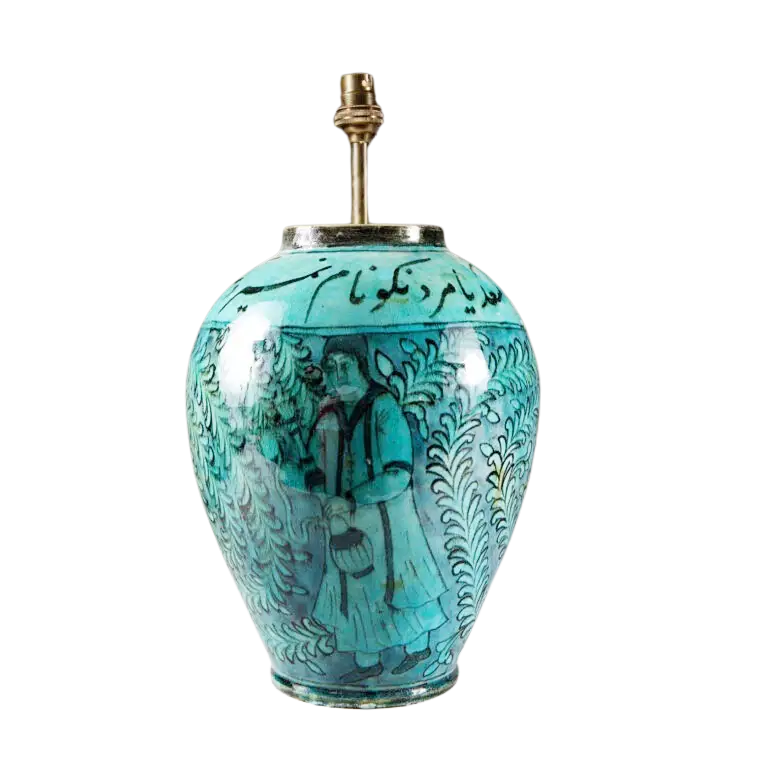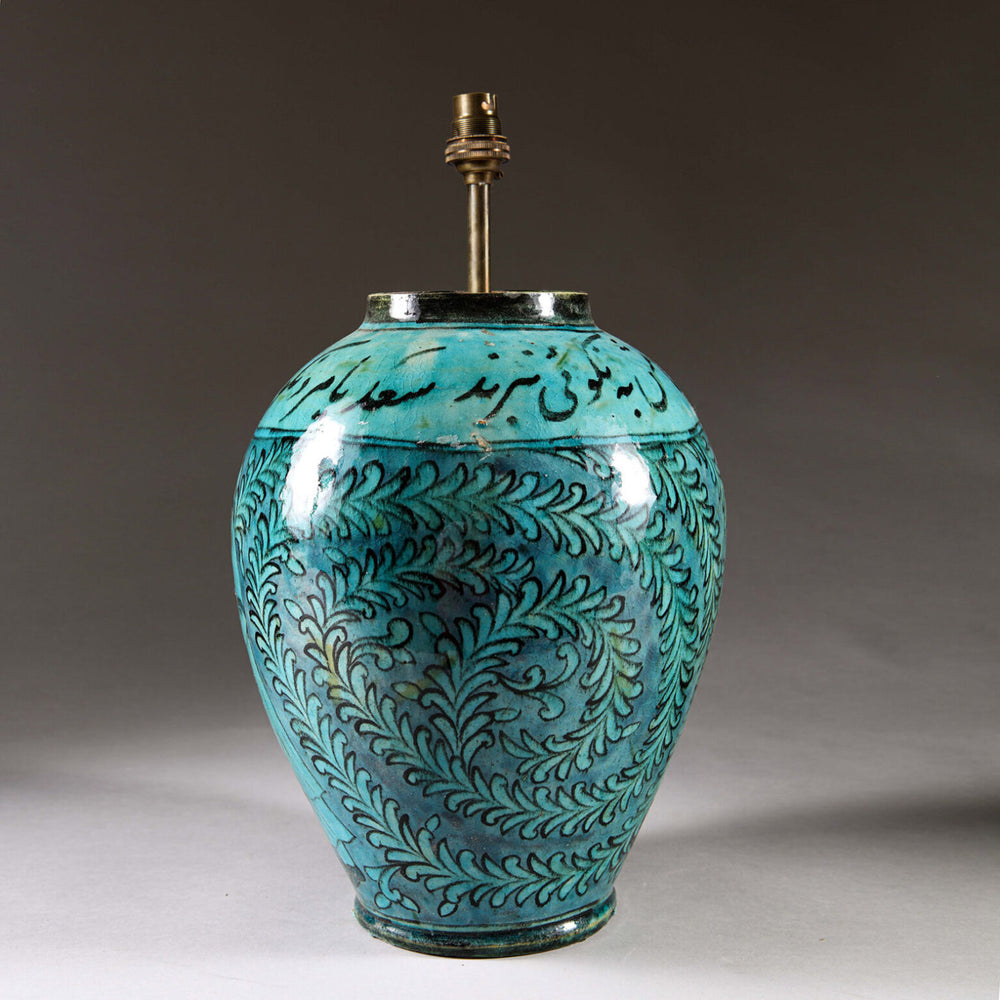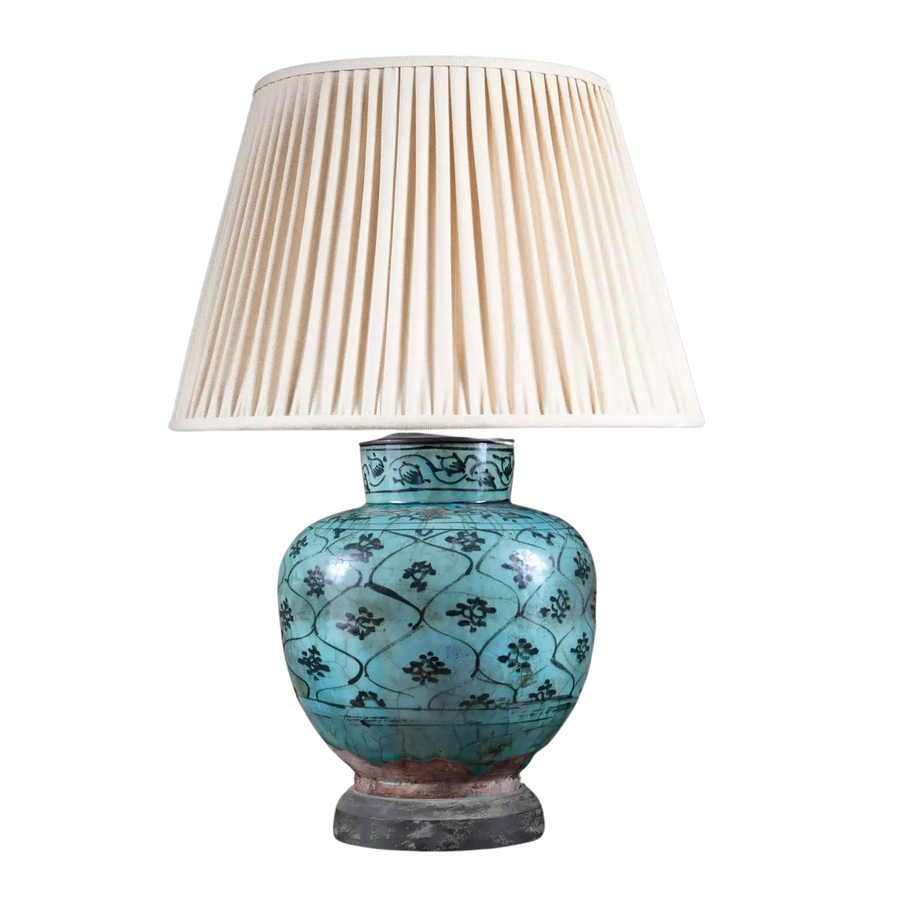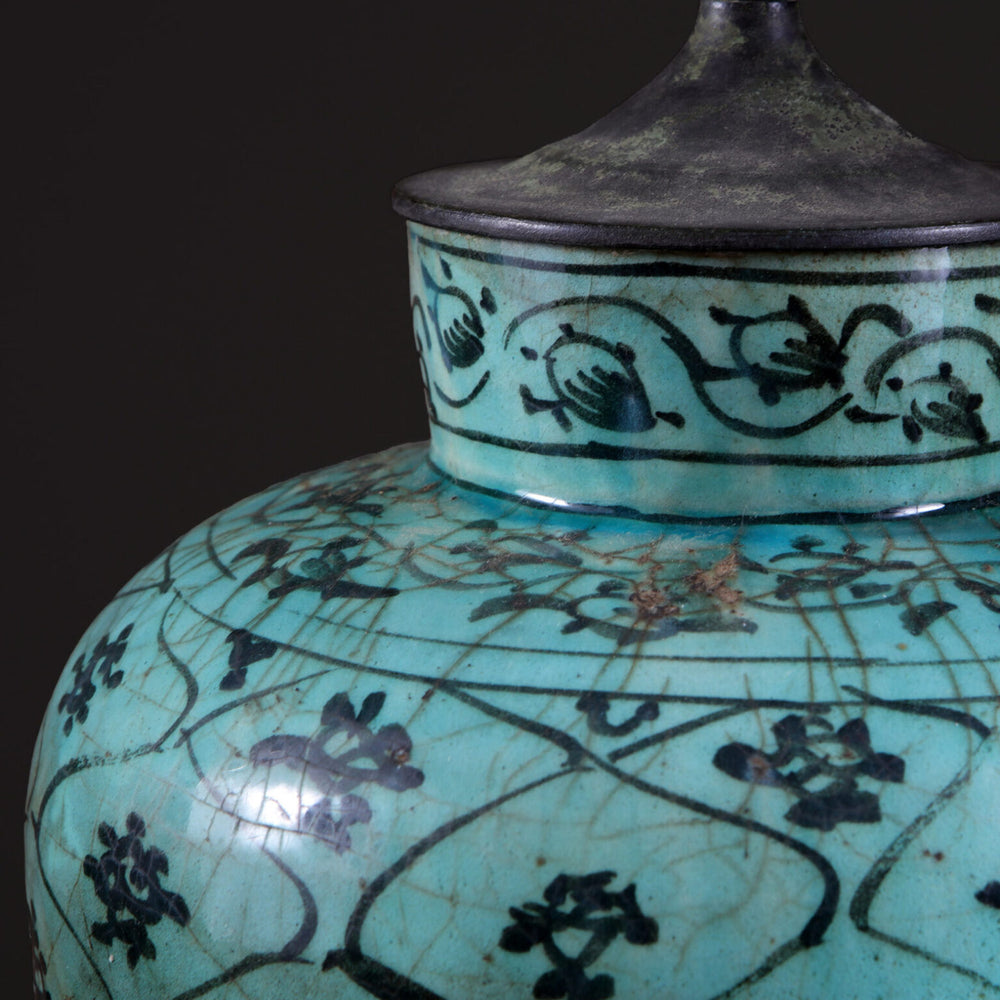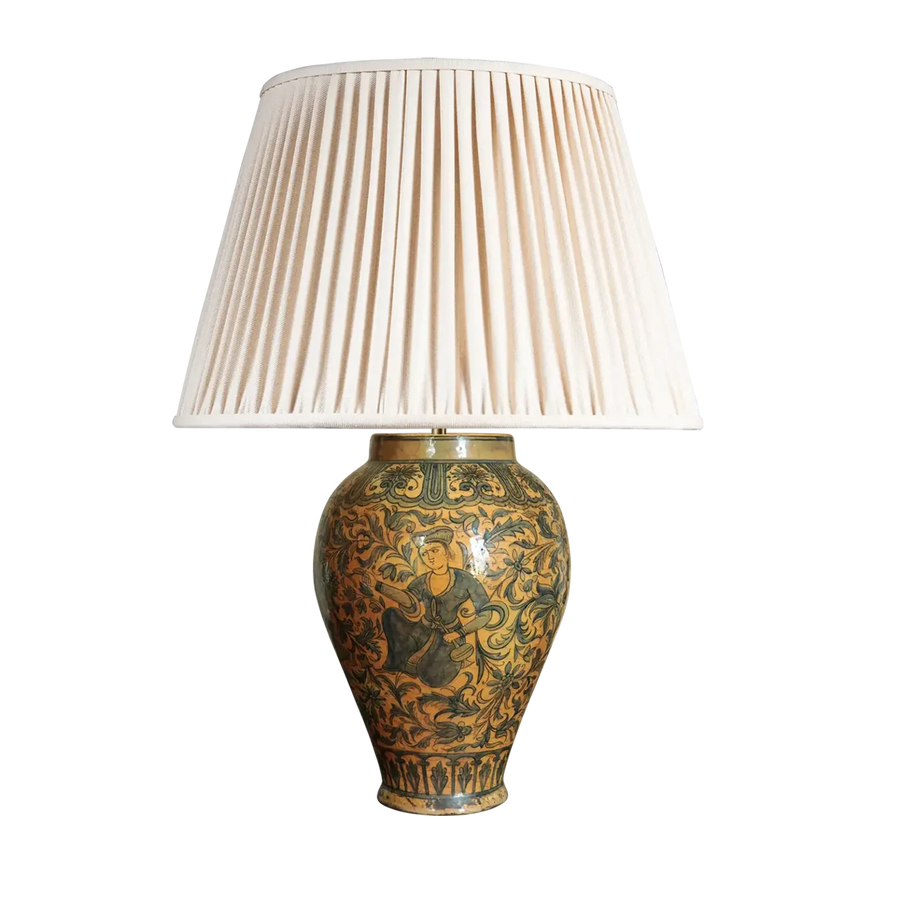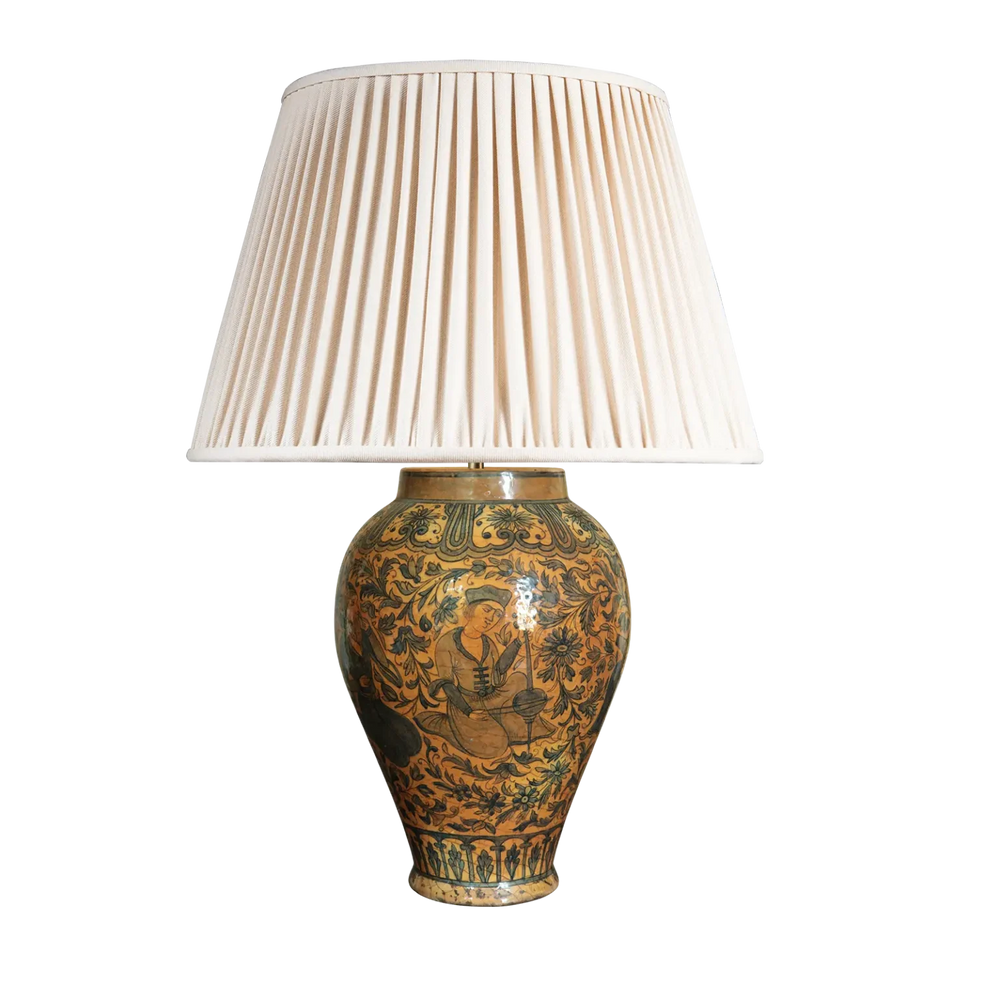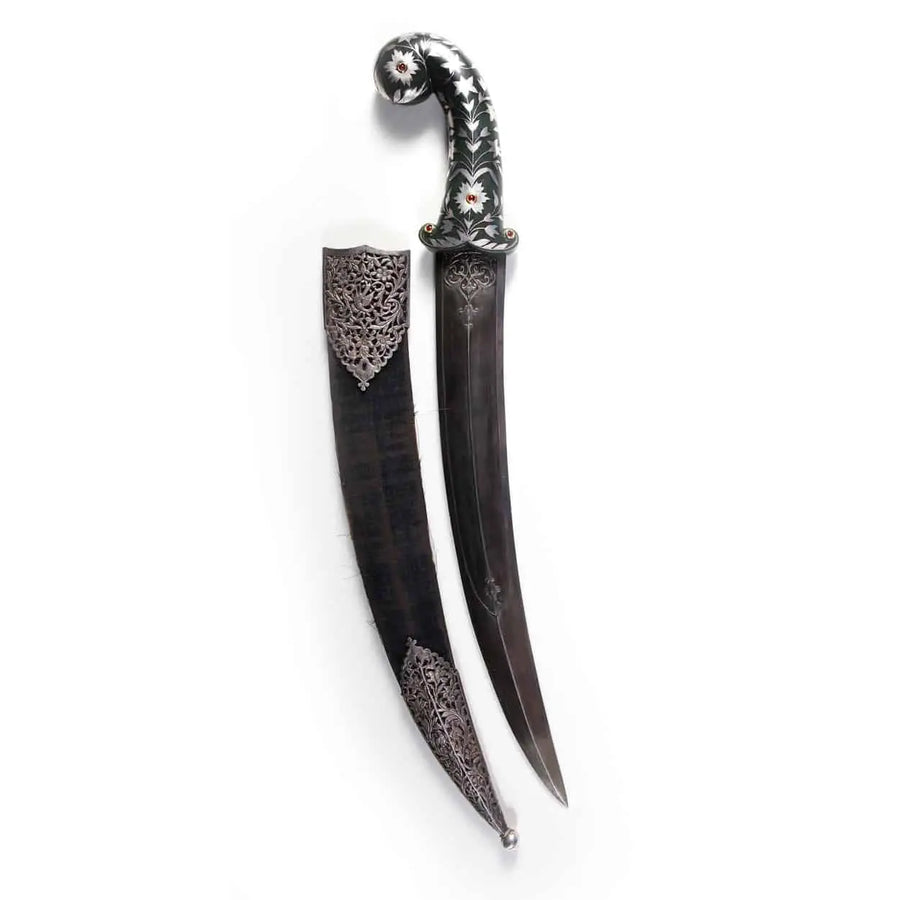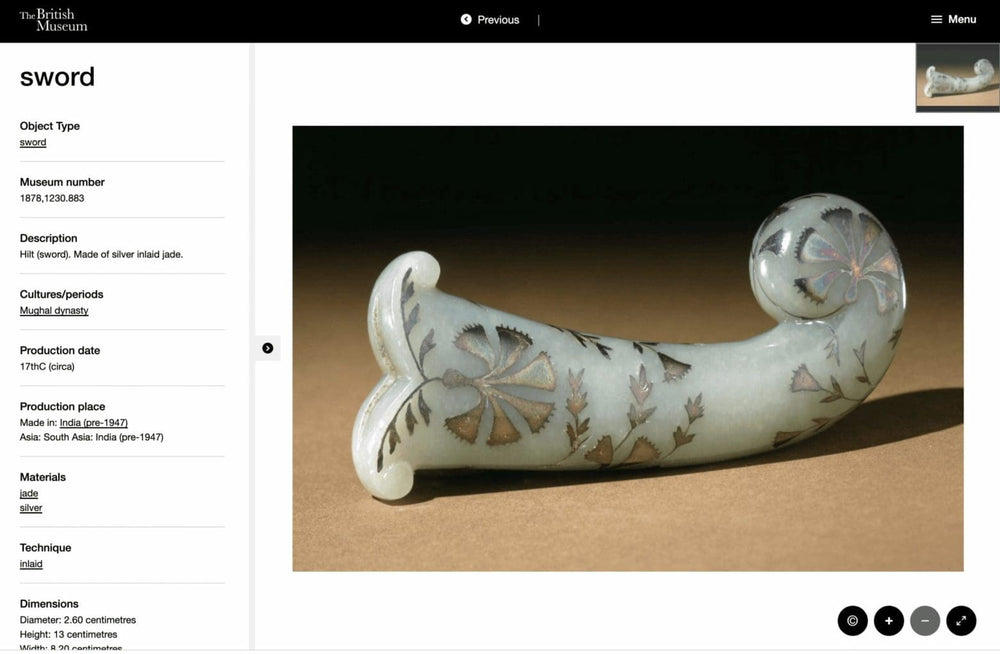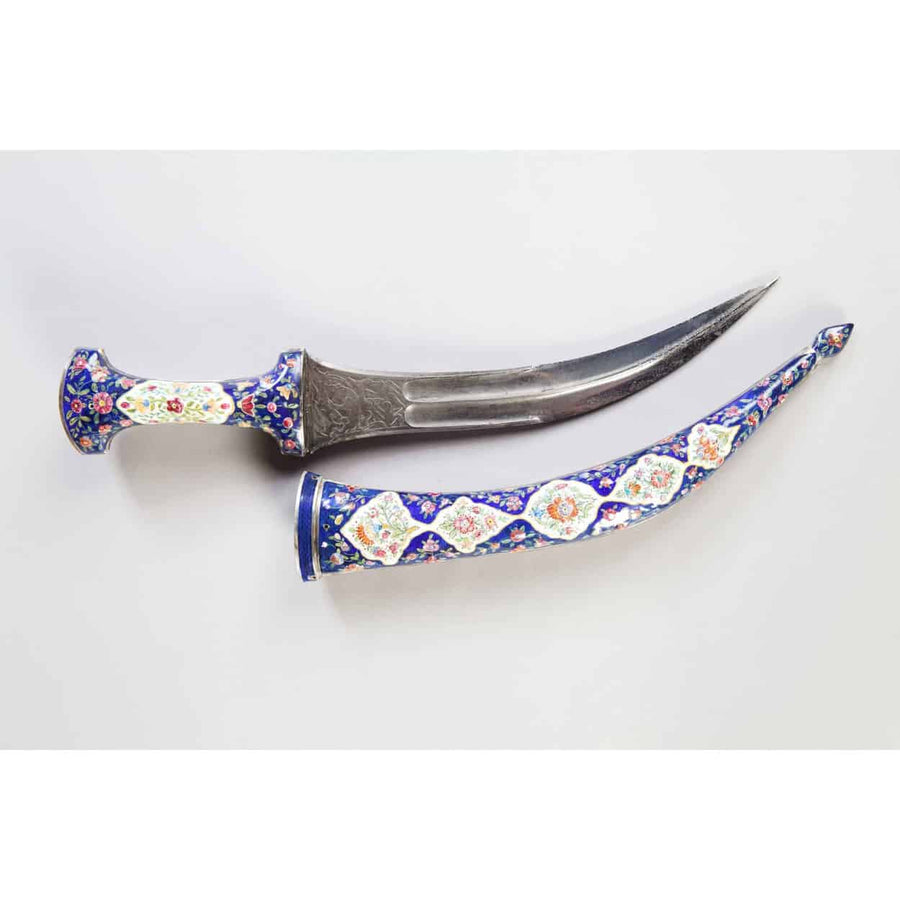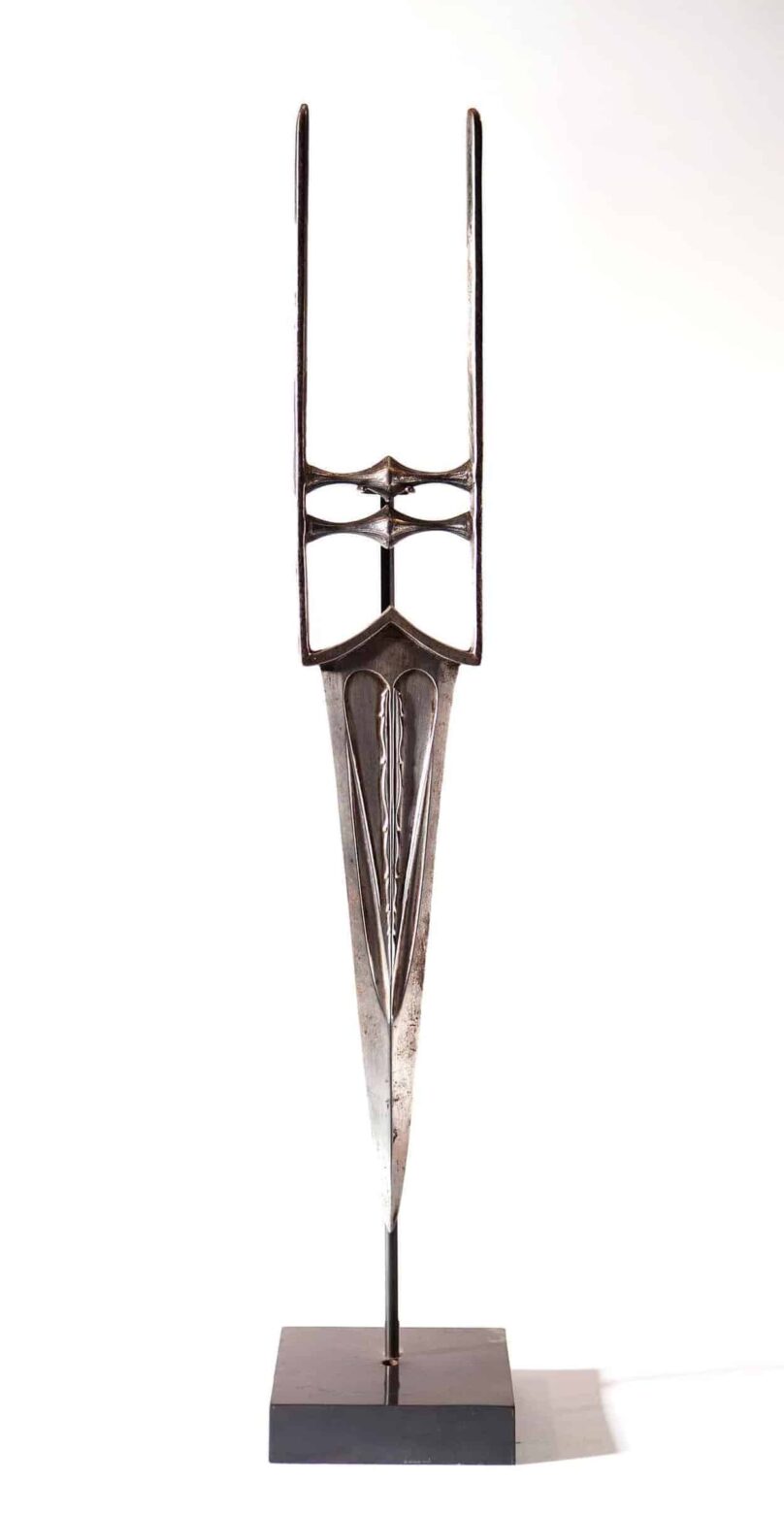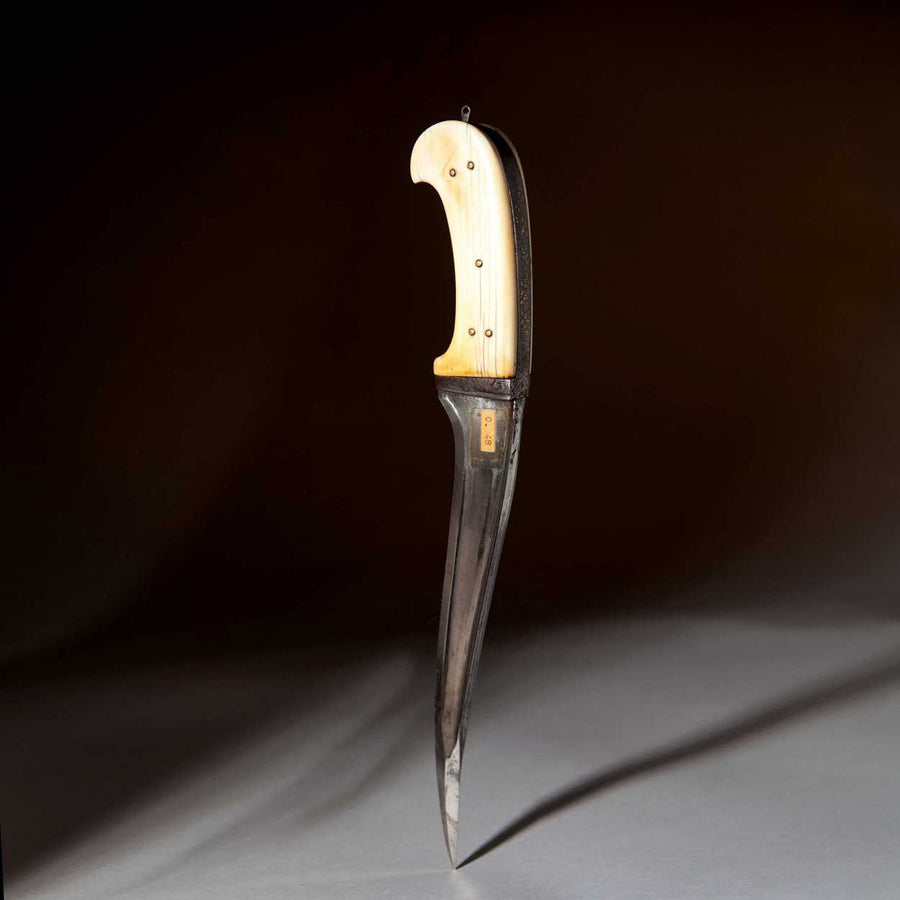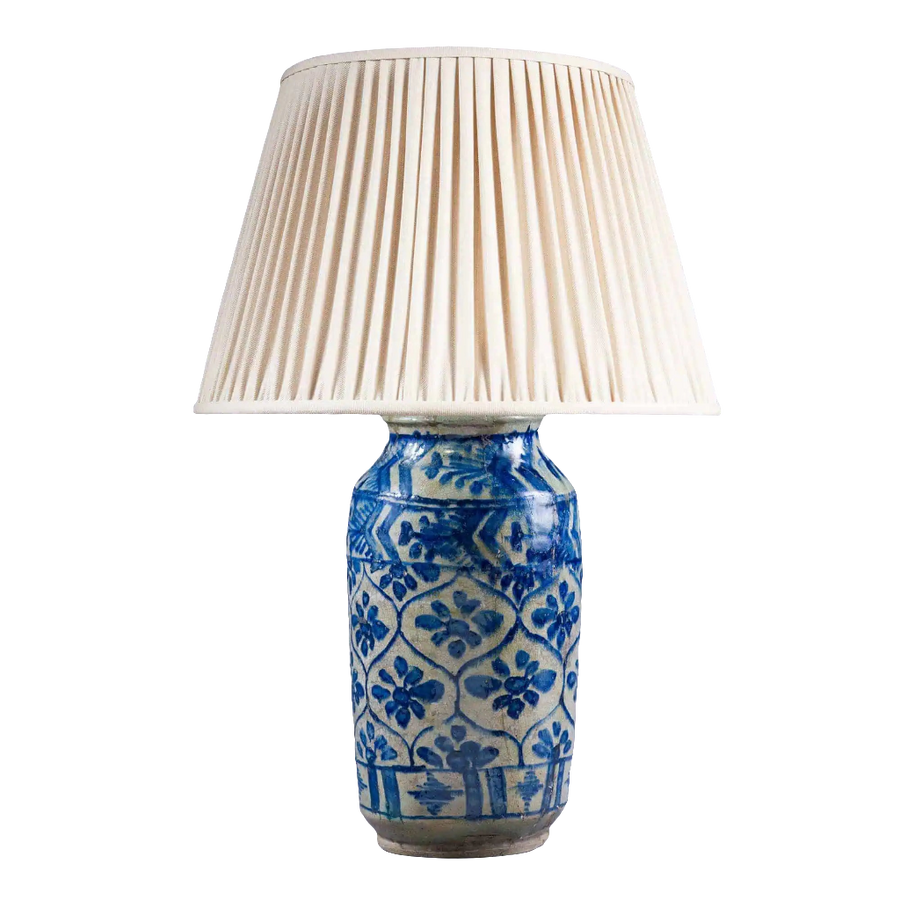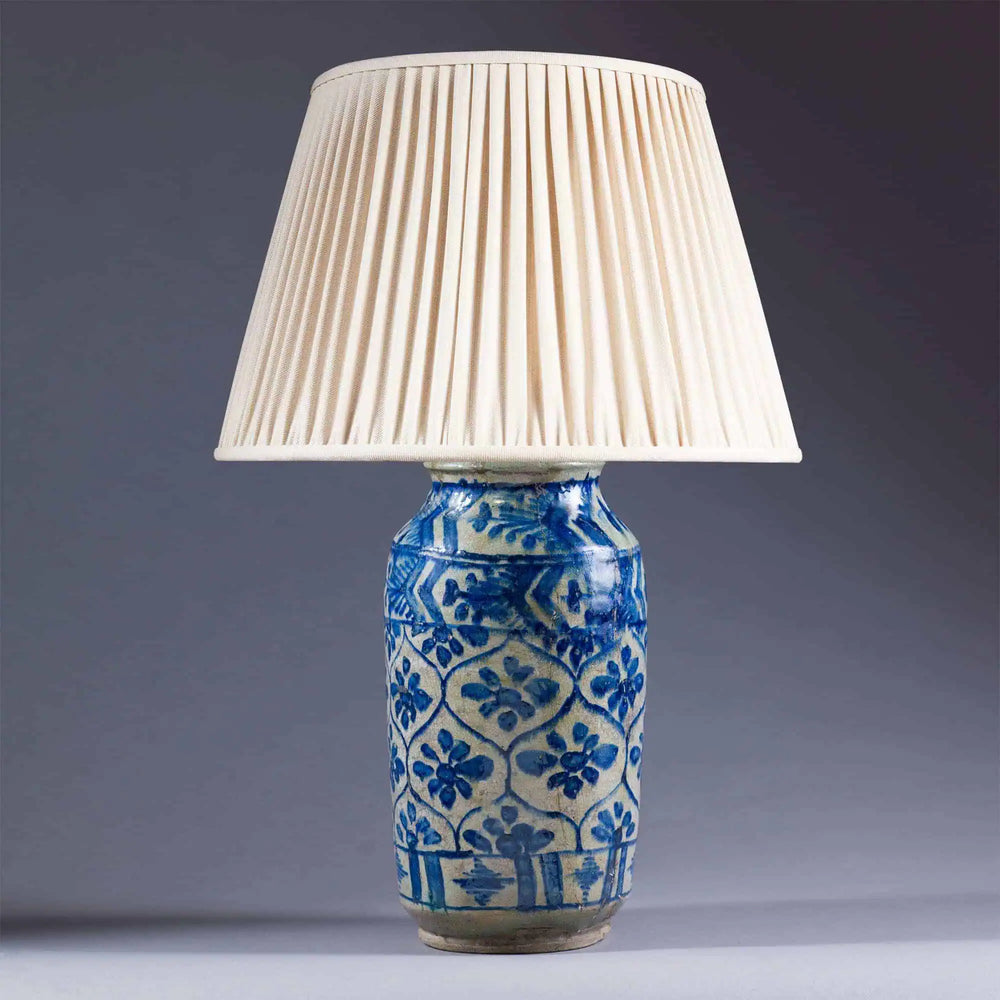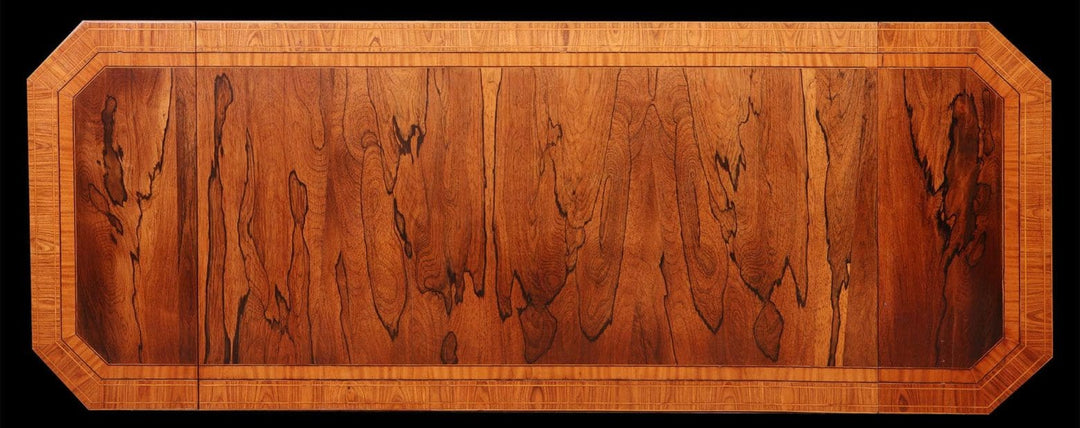The Deccani Style in Decorative Arts
The Deccani style emerged in the Deccan region of India during the late medieval and early modern periods, characterised by a blend of indigenous and foreign influences, particularly Persian, Mughal, and local traditions.
Influences and Characteristics
-
Persian Influence: Persian artisans brought intricate designs, floral motifs, and refined craftsmanship, which were integrated into Deccani art, especially in textiles and metalwork.
-
Mughal Elements: The Mughal influence is evident in the grandeur and intricate detailing of Deccani architecture and decorative arts. This includes the use of precious stones, intricate carvings, and elaborate inlays.
-
Local Traditions: Indigenous styles contributed bold colours, dynamic compositions, and unique iconography. This fusion created a distinct aesthetic that stood apart from purely Persian or Mughal styles.
Usage and Significance
-
Architecture: Deccani architecture features ornate palaces and tombs, with lavish use of decorative elements such as jali (lattice) work, stucco, and painted ceilings.
-
Textiles and Carpets: The region became renowned for its luxurious textiles, including brocades and handwoven carpets, often featuring complex floral and geometric patterns.
-
Metalwork and Inlays: Deccani artisans excelled in metalwork, producing intricate items with detailed inlays of silver, gold, and precious stones.
-
Painting: Deccani paintings are known for their rich colours, elaborate backgrounds, and a blend of realism and stylisation, often depicting courtly life and religious themes.
Examples from Nicholas Wells Antiques
Nicholas Wells Antiques showcases a variety of Deccani-style pieces, including intricate metalwork and textiles that highlight the region's rich artistic heritage. These items reflect the blend of influences that define the Deccani style and demonstrate the exquisite craftsmanship of the period.
Image- Metropolitan Museum of Art
The Deccani Style in Decorative Arts
The Deccani style emerged in the Deccan region of India during the late medieval and early modern periods, characterised by a blend of indigenous and foreign influences, particularly Persian, Mughal, and local traditions.
Influences and Characteristics
-
Persian Influence: Persian artisans brought intricate designs, floral motifs, and refined craftsmanship, which were integrated into Deccani art, especially in textiles and metalwork.
-
Mughal Elements: The Mughal influence is evident in the grandeur and intricate detailing of Deccani architecture and decorative arts. This includes the use of precious stones, intricate carvings, and elaborate inlays.
-
Local Traditions: Indigenous styles contributed bold colours, dynamic compositions, and unique iconography. This fusion created a distinct aesthetic that stood apart from purely Persian or Mughal styles.
Usage and Significance
-
Architecture: Deccani architecture features ornate palaces and tombs, with lavish use of decorative elements such as jali (lattice) work, stucco, and painted ceilings.
-
Textiles and Carpets: The region became renowned for its luxurious textiles, including brocades and handwoven carpets, often featuring complex floral and geometric patterns.
-
Metalwork and Inlays: Deccani artisans excelled in metalwork, producing intricate items with detailed inlays of silver, gold, and precious stones.
-
Painting: Deccani paintings are known for their rich colours, elaborate backgrounds, and a blend of realism and stylisation, often depicting courtly life and religious themes.
Examples from Nicholas Wells Antiques
Nicholas Wells Antiques showcases a variety of Deccani-style pieces, including intricate metalwork and textiles that highlight the region's rich artistic heritage. These items reflect the blend of influences that define the Deccani style and demonstrate the exquisite craftsmanship of the period.
Image- Metropolitan Museum of Art
Read More






